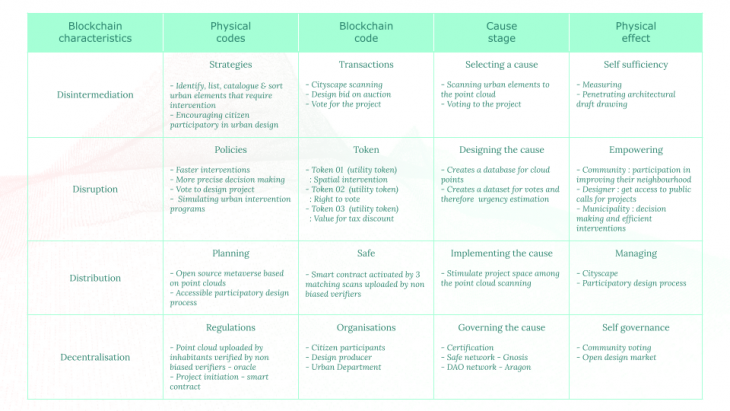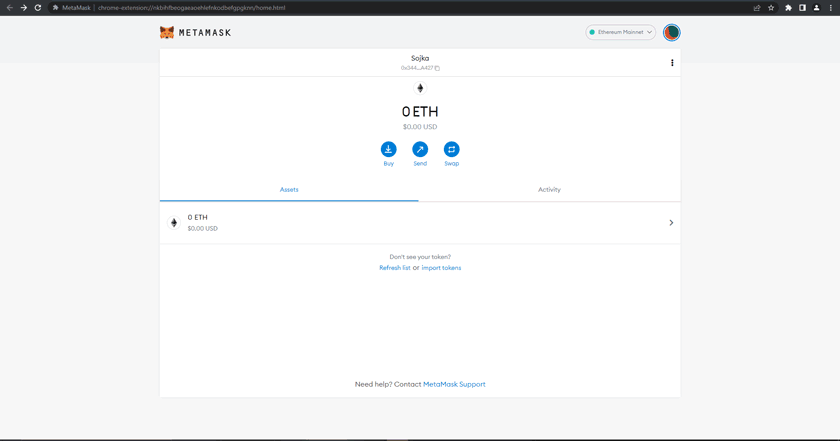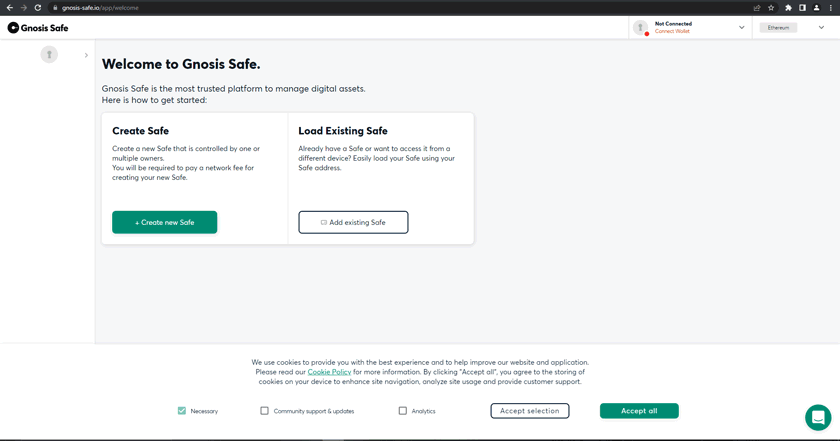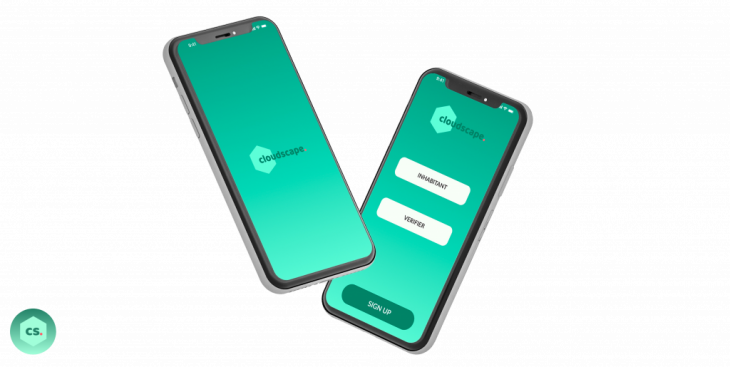INTRODUCTION – problematics
In the more and more densely populated urban environments, bigger and smaller changes happen on an everyday basis. More and more users of a cityscape mean the growth of potential development but on the other hand, more risk of potential damage of the city scape, even if it is involuntary. Spotting those elements in need of repair or improvement, is crucial when identifying the areas requiring intervention.
Dynamic changes in the urban environment will also require a growing number of architectural and structural interventions, therefore an efficient organisation of open calls for projects will be crucial for their correct implementation.
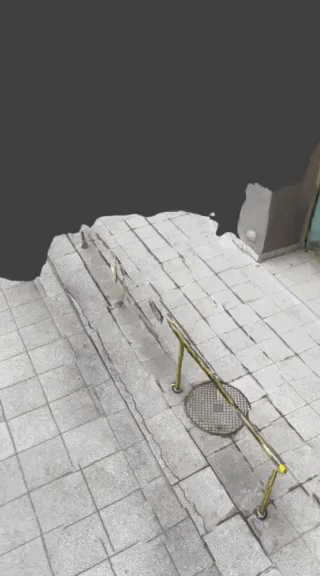
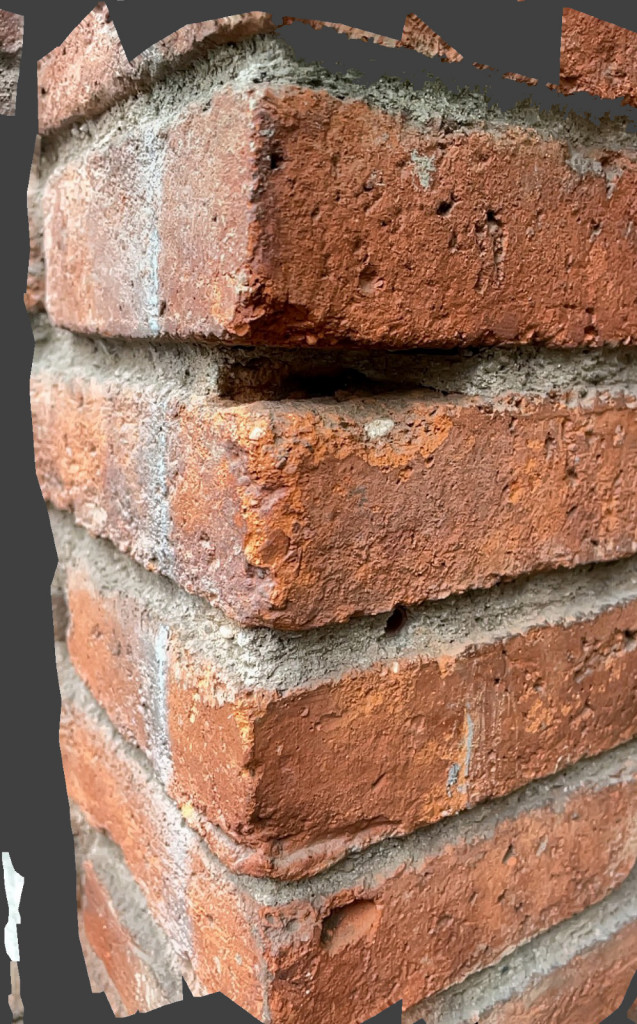
Examples of 3d scans constructed from point clouds
OUR TOOL
- Intermediate between real world and metaverse
- Intermediate between citizens and municipalities
- Intermediate between municipalities and designers
- Intermediate between designers and citizens
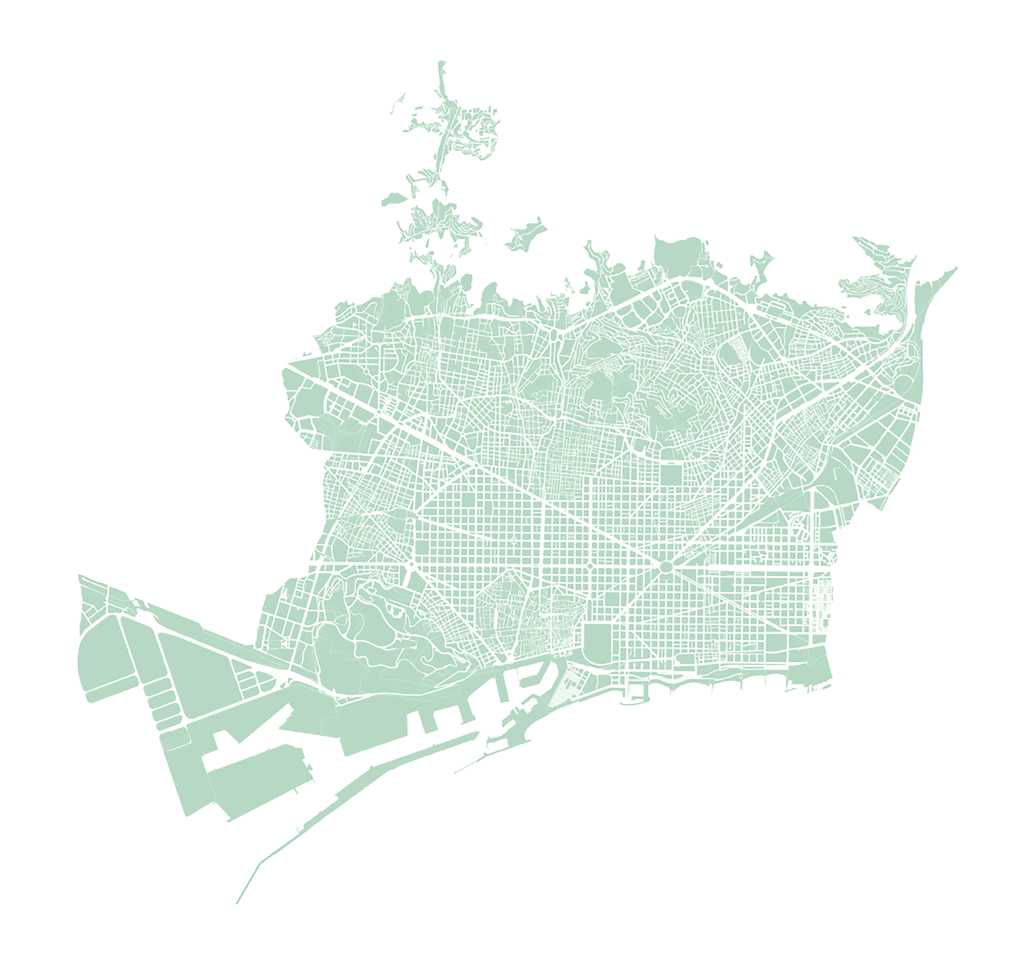
Inhabitants spotting issues within their surrounding and having a power of acting on them
Why community participation ?
- Decentralised decision making
- Faster interventions
- Prevents calls for projects from being corrupted
- Promotes skills within a community and locality of those acts
- Metaverse open source database for city planning is created as a by-product in parallel to real-life interventions
Why blockchain?
Blockchain technology can help to introduce citizens into decision making policies but allowing them to indicate the elements of the urban environment that in their opinion should be taken better care of. A database of those places is needed in order to catalogue and sort an ever growing list of demands for intervention. It can also serve as a useful tool for the municipality to gather real-time information about dynamic evolution of a city scape. It’s crucial for decision makers to have an access to verified an unbiased information about urgencies and development of the public space that their governance covers.
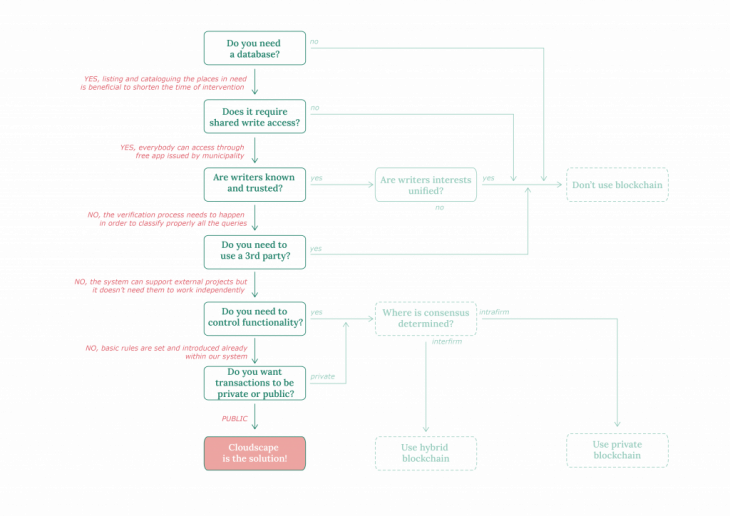
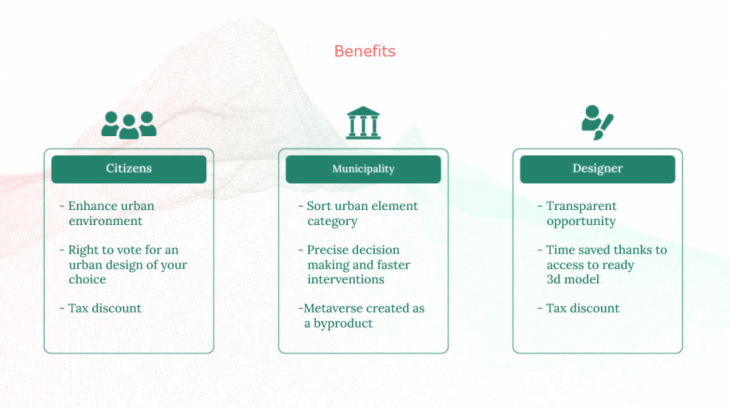
Where does it start? How do people access the platform?
In order to create a profile on the platform, you have to fulfil two conditions:
- Open your wallet
- Register your address
it will allow everybody to become a blockchain node and secondly, to identify you as either from a perspective of a particular intervention zone, you are an INHABITANT (within 1km radius from your home) or a VERIFIER; you are always an INHABITANT and a VERIFIER at the same time, your status will simply change depending on your address
For our system, we identify two types of profiles:
1) people who can upload their scans into the cloud, INHABITANTS, have their address linked to their profile on the app so they can initiate the call for action only within the 1km radius from their home – they gain right to vote
2) people who are VERIFIERS who will be able to upload scans from any place – this will be used to verify the presence of a query in a particular location that will later on be used by an oracle to unlock the smart contract – they will need another kind of token in order to be incentivised for action
How does it work?
An upload is possible to be wrong in terms of eg location. For the municipality to avoid pointless interventions, we need a smart contract. In order to unlock the action, an oracle will juxtapose the scan from an INHABITANT uploaded as a demand for an intervention with other scans from VERIFIERS coming from different neighbourhoods, having no interest in being biassed about this place. Simple machine learning software, that would be in-built within the app/platform, can identify distances between points, differences between their colours etc in order to judge if the element is really there. We can set the number of verifications needed to 3 for example, meaning that 3 scans from different VERIFIERS matching a demand placed by INHABITANT meet the conditions set by an oracle and therefore unlock a smart contract in order to activate an action of intervention sent by municipality to this particular place.

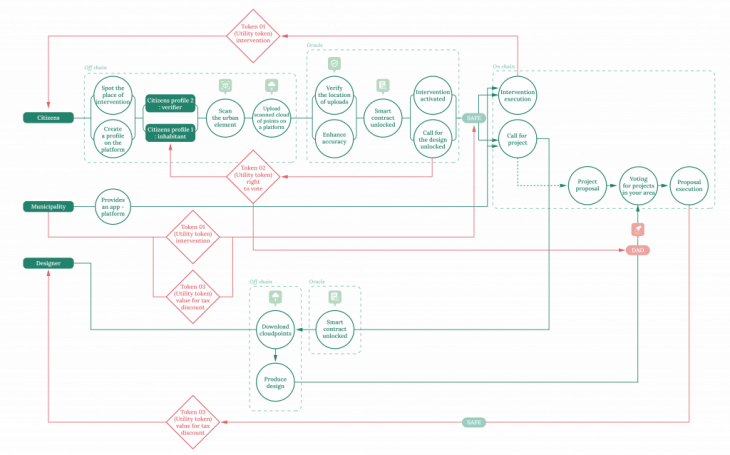
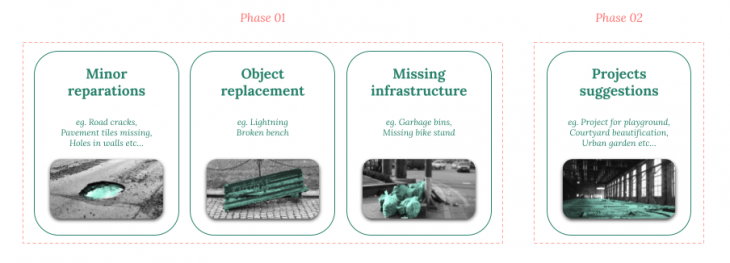
Cloudscape is an opportunity directed especially to municipalities. Municipality is a direct beneficiary of this system because all those processes anyway happen within their field of activities but this way, city council gains a lot of time and can optimise the way it functions. This is why, it’s the municipality that is a direct provider of the app and also tokens: either in a form of tax discount programs or a right to vote encrypted under a form of nft, for example graphically. The system is therefore initially founded by regular taxpayers, but ends up being a tool that brings benefits to all of its stakeholders, paying back to regular citizens, coming as a variety of tokens, among which we find the most important one – a right to vote, an open door for the participatory approach in terms of management and design of our shared environment.
Decentralised communities
The Inhabitants will be only able to vote for the project of their interest once having received the utility token – right to vote and therefore their smart contracts with the municipality are unlocked. The voting will occur through DAO – decentralised autonomous organisation, based in liquid democracy, uniting in a form of community all the inhabitants located around the chosen intervention zone, identified thanks to having a matching nft (right to vote is a non-fungible token) in their wallet. .
As the system develops, communities of each neighbourhood can be organised in a form of DAOs corresponding to their location, allowing the strengthening the sense of belonging between neighbours and giving them the power of shaping their surrounding.
Our blockchain characteristics
Simulating the process with use of Metamask, Ethescan, Gnosis Safe & Aragon DAO creator.
Cloudscape is a project of IAAC, Institute for Advanced Architecture of Catalonia developed Master in City and Technology in 2021/2022 by:
Course: Blockchain for Cities
Students: Jiyun Lee, Weronika Sojka
Faculty: Lluisa Marsal
